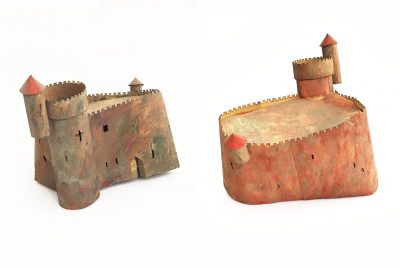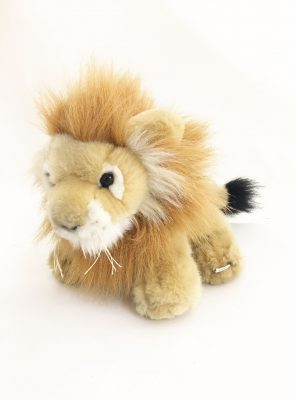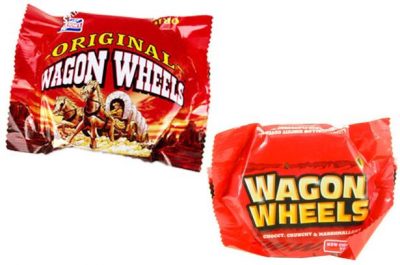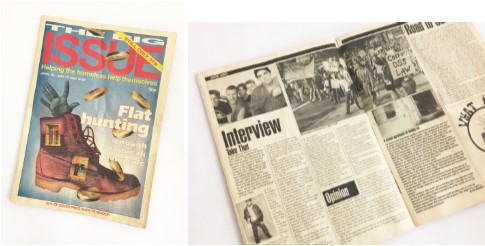Between January and April this year we removed a variety of objects from displays throughout the Museum’s first floor galleries; Agriculture, Cosmos & Culture and Measuring Time. We have now transported everything to our collection stores, and by clearing these spaces, made room for the new Medicine galleries due to open in 2019.

Whilst packing our collections I rediscovered some remarkable objects, from a 1950’s post-office speaking clock which read the time aloud to telephone diallers, to the communication equipment built for Professor Stephen Hawking allowing for speech by a computer. But I was not expecting to come across such a peculiar assortment of found items, left or lost by visitors and staff over the 65 years these galleries have been open to the public.
As our team packed away objects and contractors removed dated showcases from the walls, a history of these galleries began to emerge. So here I have compiled a little collection of objects you will never see on display at the Science Museum, things which will remain in offices, drawers, pockets and possibly, the bin.
Starting with my favourite find, the handmade paper castle (pictured above) found in the Agriculture gallery behind a diorama depicting agricultural life in Medieval times. We think this castle may have been made in 1951 when the Agriculture gallery was originally installed, as it would have been impossible to access otherwise.
As the Conservation team dismantled the huge Massey-Ferguson combine harvester, we found an assortment of gems hidden inside: a penny dated 1964 tucked in the exhaust pipe and an Embassy cigarette card placed at the centre of the machine, along with two pencils, a broken pen and a rusty spanner.

Hauled on top of a showcase in the Agriculture gallery we also pulled down a toy lion, from the early 2000s.

When packing up a gallery we often find a collection half eaten sweets, with Fruit Pastilles and Polos consistently remaining the most popular. This time, squeezed tightly behind a painting in Measuring Time, was a perfectly sealed Wagon Wheel, circa October 1982, and we’re certain it’s bigger than the biscuits today.

Finally, in the base of a wooden crate housing a dynamometer (an instrument for determining the force required for the work done) we came across a 1993 copy of The Big Issue.

Researching these items, I discovered some more bizarre objects such as one of our working exhibits of the past: ‘The Milking Parlour’, in which a full-size stuffed Jersey cow with hidden electronics and a fake udder demonstrated the milking process at the push of a button.
After removing nearly 1000 objects from the three galleries over 3 months, the most significant find for the Conservation team was the discovery of an accessioned object, thought to have been lost since the 1960s. On 7 February, as we removed a four-metre long painting from the wall, we uncovered another painting, hidden perfectly behind as it was the same size, lost for 50 years. It was revealed to be a mural painting by Miss Eleanor Esmonde-White, showing the process of grain drying and storage.
We are always keen to present the highlights of our collection and the stories behind the objects, but these forgotten items tell a different story offering a fascinating insight into the way our galleries have been used by visitors and staff over the years.